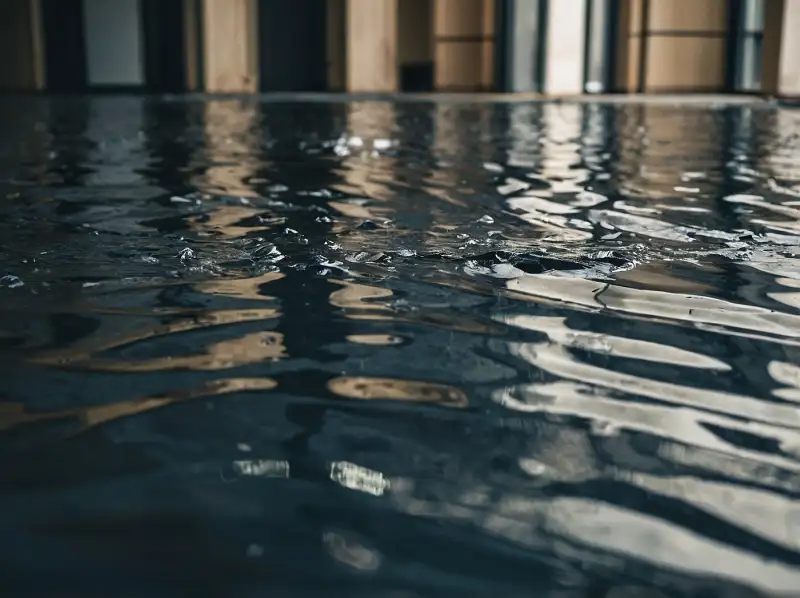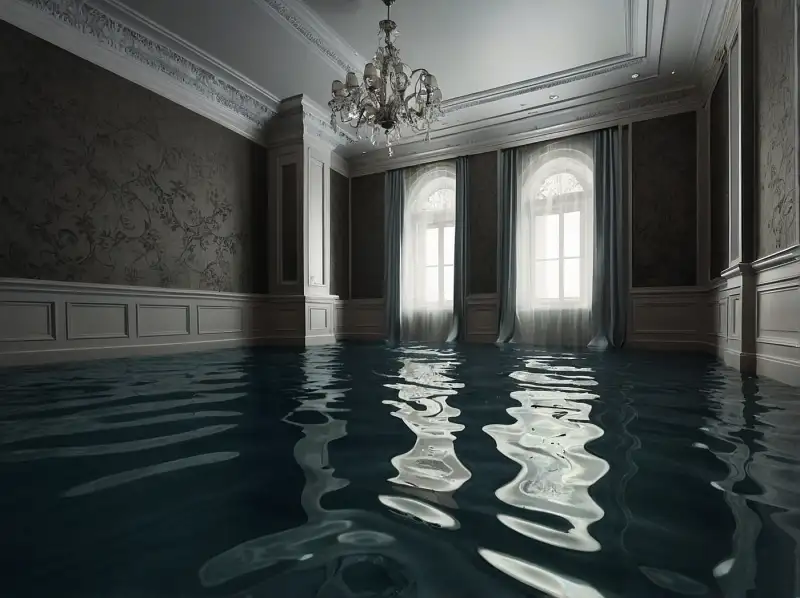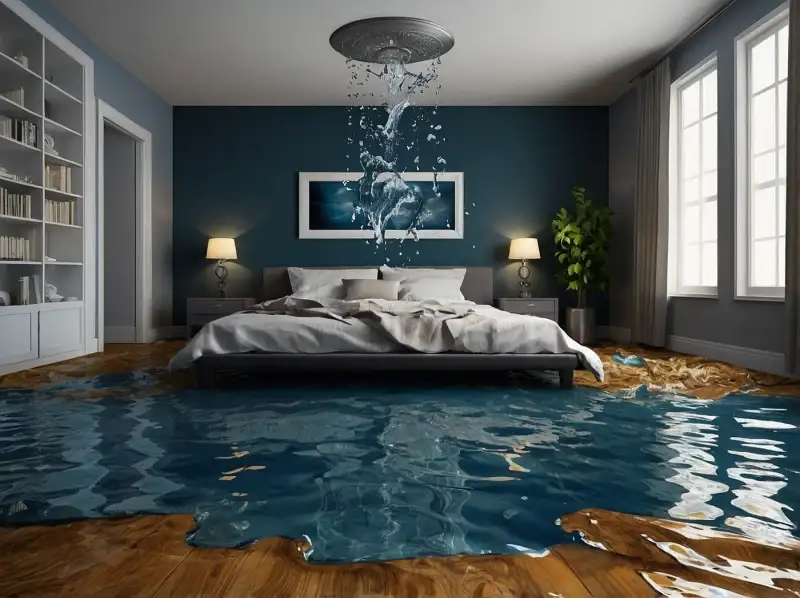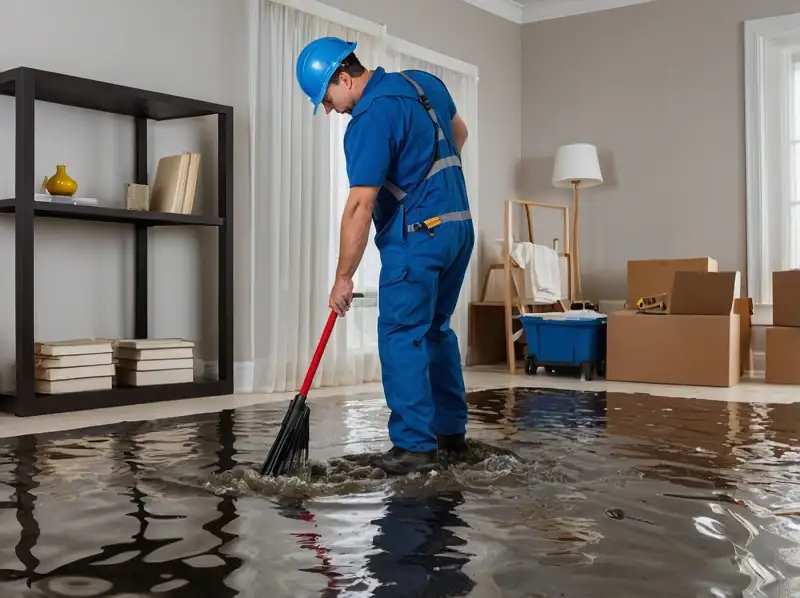
28
Aug
Water Damage Restoration in Ottawa and Area: Your Ultimate Guide
Water damage can be a homeowner’s worst nightmare, especially in the beautiful Ottawa and Area, where heavy rains and melting snow can lead to unexpected flooding. Whether it’s a burst pipe, an overflowing toilet, or a roof leak, understanding the intricacies of water damage restoration is crucial for protecting your property. In this guide, we’ll delve into the causes of water damage, the restoration process, and tips to prevent future issues.
Understanding the Causes of Water Damage in Ottawa and Area
Before diving into the restoration process, it’s important to recognize the common causes of water damage that affect homeowners in Ottawa and Area:
- Heavy Rainfall: Continuous rain can overwhelm drainage systems, especially in areas like Kanata and Orleans.
- Melting Snow: The spring thaw can lead to significant water accumulation, particularly in neighborhoods near the Rideau Canal.
- Pipes and Plumbing Issues: Old or damaged pipes can burst, leading to significant water damage in your home.
- Roof Leaks: Deteriorated roofs can let in water during storms, causing damage to ceilings and walls.
The Water Damage Restoration Process
Now that we’ve identified potential causes, let’s walk through the water damage restoration process:
1. Assessment and Inspection
When you first notice water damage, it’s crucial to act quickly. Contact our restoration experts to conduct a thorough assessment of the affected areas. This step involves:
- Identifying the source of the water.
- Evaluating the extent of the damage.
- Creating a restoration plan tailored to your specific needs.
2. Water Extraction
Once the assessment is complete, the next step is to extract the standing water using industrial-grade equipment. This prevents further damage and starts the drying process.
3. Drying and Dehumidification
After water extraction, the affected areas must be thoroughly dried. High-powered fans and dehumidifiers are used to eliminate moisture from walls, floors, and furniture, minimizing the chance of mold growth.
4. Cleaning and Sanitization
Water can often carry contaminants, making it essential to clean and sanitize affected areas. This step ensures that your home is safe and habitable.
If you suspect mold growth, it’s crucial to contact our mold remediation team for specialized services.
5. Restoration and Repairs
Finally, once everything is dry and clean, restoration can begin. This may involve:
- Repairing drywall, flooring, and any structural damage.
- Replacing damaged furniture or belongings.
- Repainting and restoring your home to its pre-damage state.
Preventing Future Water Damage
Prevention is always better than cure. Here are some actionable tips for homeowners in Ottawa and Area to prevent future water damage:
- Regularly inspect your roof, gutters, and downspouts.
- Install a sump pump in your basement if you live in a flood-prone area.
- Seal any cracks in your foundation to keep water out.
- Consider investing in water detection devices that alert you to leaks before they become a problem.
Conclusion
Water damage restoration might seem daunting, but with the right knowledge and the help of professionals, you can navigate the process smoothly. Remember, if you experience water damage in Ottawa and Area, contact our restoration experts for a swift and effective response. Protecting your home from water damage is an ongoing effort, but being proactive can save you time, money, and stress in the long run.
For more information on our services, check out our service areas and see how we can help you maintain a safe and secure home.



